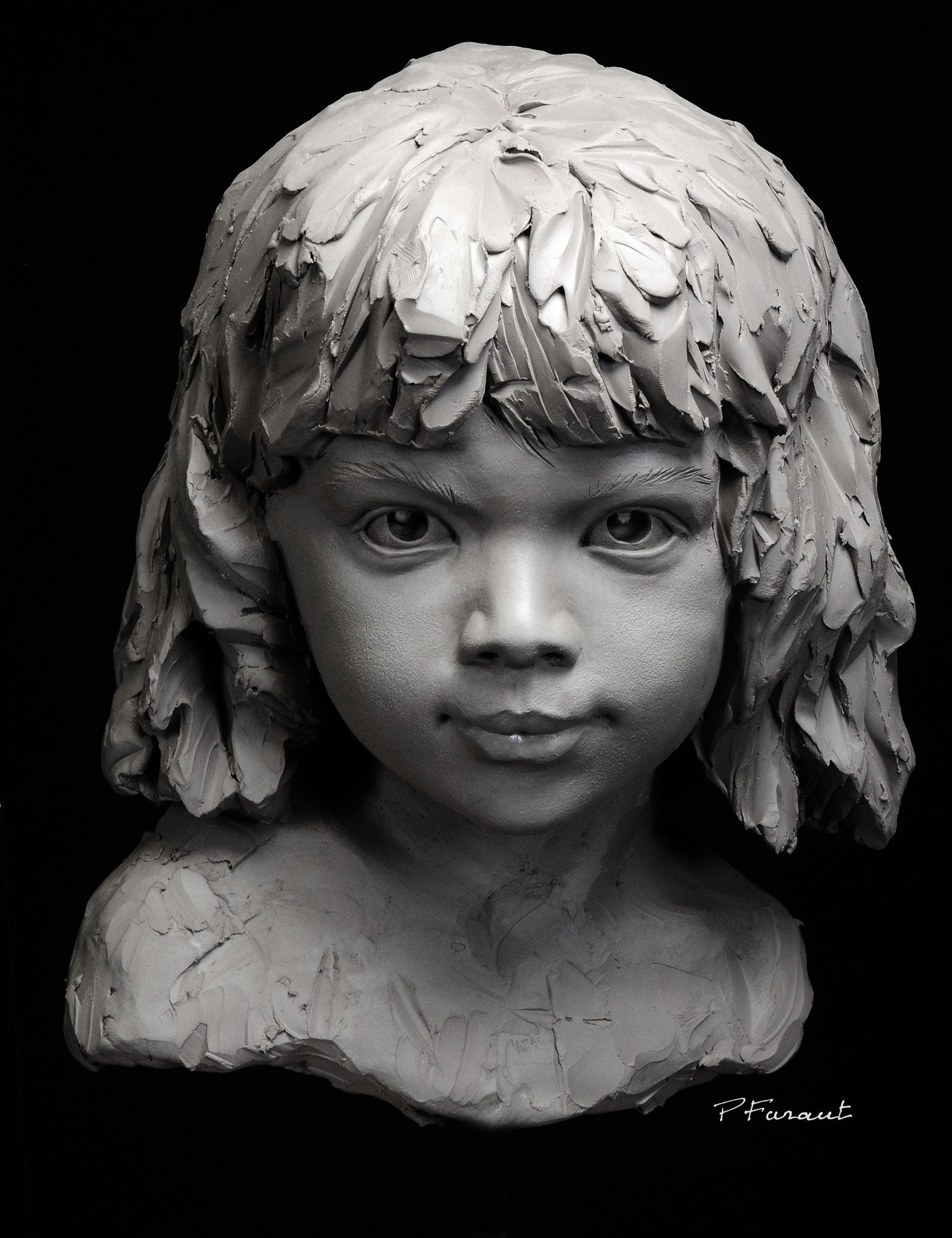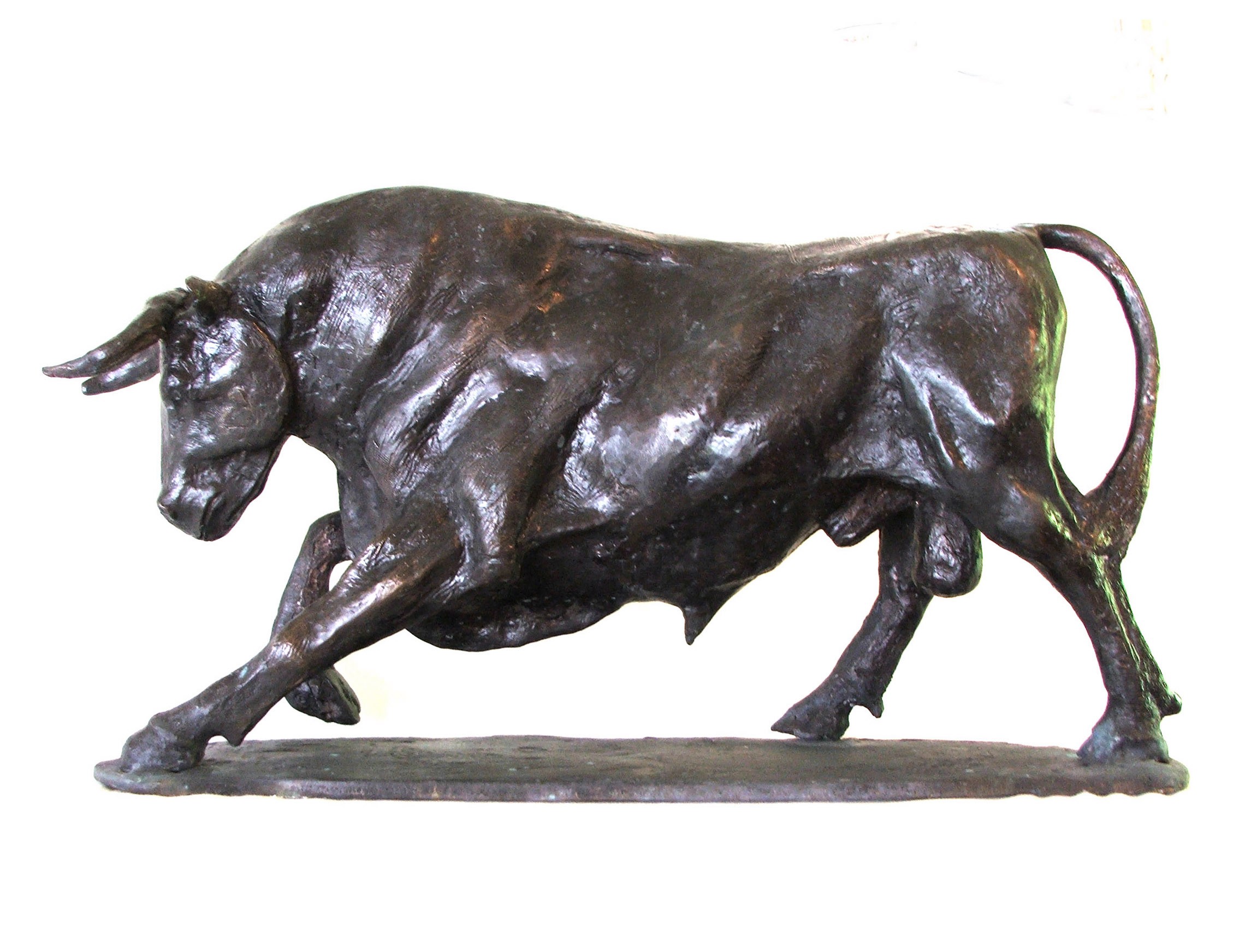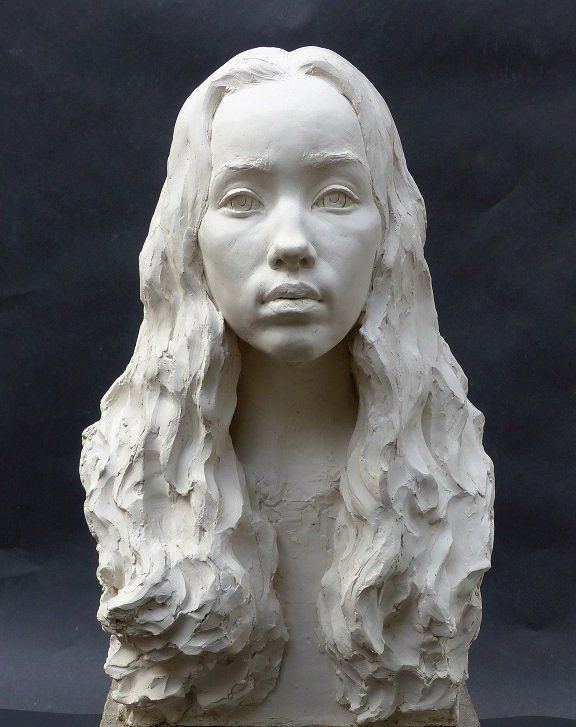The Influence of Nature in Sculpture Art
The influence of nature in sculpture art is a topic that has astounded artists throughout background. Meaning of natural components is an additional way in which nature affects sculpture, as artists imbue their productions with the significance and organizations fundamental in these aspects - Bronze Sculptures. Inevitably, sculpture art has the power to record the transience of nature, cold a minute in time and permitting us to appreciate its beauty in perpetuity.
Organic Shapes and forms
Organic forms and shapes, influenced by the detailed patterns and unified frameworks located in nature, play a pivotal duty in the world of sculpture art. Carvers have long been mesmerized by the charm and complexity of the natural globe, discovering motivation in the graceful contours of a seashell, the fragile flowers of a flower, or the twisting branches of a tree. By copying and extracting these organic forms, musicians are able to create sculptures that stimulate a feeling of harmony and equilibrium.
Among the reasons natural kinds and forms are so prevalent in sculpture art is their ability to attach with visitors on a deep psychological degree. The all-natural world knows to us all, and when we see these forms stood for in art, it generates a sense of convenience and acknowledgment. It reminds us of our area in the grand plan of points and enables us to attach with something more than ourselves.
Additionally, organic kinds and shapes in sculpture art often symbolize a feeling of movement and power. The flowing lines and dynamic structures resemble the constant activity and development discovered in nature. This develops a feeling of vigor and brings sculptures to life, making them appear as if they can proceed to alter and develop before our eyes.
Texture and Material Exploration
A significant facet of sculpture art influenced naturally is the exploration of texture and materials via the use of different strategies and tools. Artists typically attract inspiration from the diverse structures found in the environment, such as the harsh bark of a tree, the smooth surface area of a pebble, or the intricate patterns on a leaf. By including these appearances into their work, carvers can produce a responsive experience for visitors, inviting them to involve with the art work on a sensory degree.
Structure can be accomplished in sculpture with a range of techniques. Some musicians select to carve or shape straight into the chosen material, producing a three-dimensional surface that imitates the structures found in nature. Others may employ strategies such as molding or casting to record the information of organic textures. Additionally, artists might try out different products, such as timber, metal, stone, or clay, each offering its own distinct structure and visual appeal.
Product exploration is also a substantial part of sculpture art affected by nature. Artists may venture into undiscovered territory, looking for brand-new products that stimulate the significance of the environment. As an example, they may include all-natural elements like branches, leaves, or even soil right into their sculptures, blurring the boundaries between art and the setting. Contemporary Sculptures. By pressing the limits of typical products and techniques, sculptors can create conceptually rich and aesthetically stunning works that celebrate the beauty and diversity of nature.
Meaning of Natural Environments
The incorporation of natural environments in sculpture art includes a layer of meaning and depth to the artwork. By making use of products located in nature, carvers are able to imbue their creations with meaning that reverberates with customers on a profound level. Natural elements such as timber, stone, and plants have been made use of throughout background to convey various symbolic messages.
Timber, as an example, commonly represents strength, strength, and growth. Sculptures crafted from this material can stimulate a sense of link to the earth and the cycles of life. Rock, on the other hand, is typically related to durability and endurance. Sculptures carved from rock can symbolize the classic nature of certain ideas or concepts.
Blossoms and plants are likewise regularly included into sculpture art, standing for themes of development, charm, and revival. The fragile petals and dynamic shades of blossoms can evoke sensations of joy, while the intertwining branches of plants can signify interconnectedness and unity.
In addition to these natural materials, artists might also make use of all-natural elements such as water, wind, or fire to better enhance the symbolic message of their artwork. These aspects can stand for the transformative power of nature, the flow of time, or the pressures that form our world.

Representations of the Setting
Representations of the Atmosphere can be seen in sculpture art through the consolidation of all-natural elements and the portrayal of environmental motifs. Carvers often Figurative Sculptures draw ideas from the environment, using products such as wood, rock, or also recycled materials to create their art work. By utilizing these natural environments, they not only admire the environment however additionally develop a stronger connection between the artwork and its environments.
In addition to the materials utilized, sculpture art likewise mirrors the environment through the portrayal of environmental motifs. Many sculptors pick to illustrate pets, plants, or landscapes in their job, highlighting the elegance and delicacy of the all-natural world. These sculptures serve as pointers of the value of protecting our atmosphere and the requirement for lasting methods.

Furthermore, ecological sculptures usually intend to increase understanding about pressing environmental concerns. They act as graphes of the influence of human tasks on the atmosphere, such as pollution, logging, or environment modification. By portraying these issues in their art work, artists wish to influence viewers to do something about it and end up being more mindful of their own ecological footprint.
Capturing the Transience of Nature
Sculpture musicians even more explore the impact of nature by skillfully catching the ephemeral and ever-changing facets of the all-natural world. Via their creativity, these musicians aim to show the fleeting charm and transience of nature, stimulating a sense of marvel and contemplation in visitors.
One method which sculpture musicians capture the transience of nature is by using materials that are themselves subject to decay and change. For instance, musicians may select to function with organic products such as fallen leaves, blossoms, or timber, which naturally deteriorate in time. This intentional selection highlights the impermanence of nature and reminds us of the unavoidable cycle of life and fatality.
Furthermore, sculpture artists usually utilize techniques that produce a sense of activity and fluidness in their work. By integrating streaming lines and vibrant kinds, they convey the ever-changing nature of the environment. This can be seen in sculptures inspired by wind, water, or the growth of plants, where the artist looks for to catch the significance of consistent motion and change.
Moreover, some artists pick to develop site-specific or temporary setups that engage with the atmosphere. These ephemeral sculptures, made from products such as sand, ice, or light, are deliberately made to progressively go away or transform with time. By welcoming the short-term nature of their productions, artists welcome visitors to review the short lived elegance of the all-natural globe and the impermanence of human existence.

Conclusion
In verdict, nature has an extensive impact on sculpture art (Robert C Hitchcock Sculptor). Structure and product exploration better enhance the link to nature, as musicians often include natural materials right into their sculptures.
Symbolism of natural components is another method in which nature affects sculpture, as artists imbue their developments with the definition and associations intrinsic in these components.A significant element of sculpture art affected by nature is the expedition of texture and materials with the use of different methods and tools (Contemporary Sculptures).Product exploration is likewise a considerable component of sculpture art influenced by nature.One method in which sculpture artists catch the transience of nature is by making use of products that are themselves subject to degeneration and change. Texture and material exploration additionally boost the link to nature, as musicians frequently integrate natural materials into their sculptures